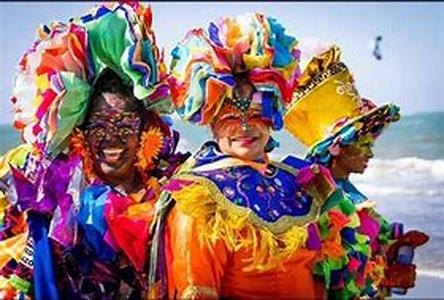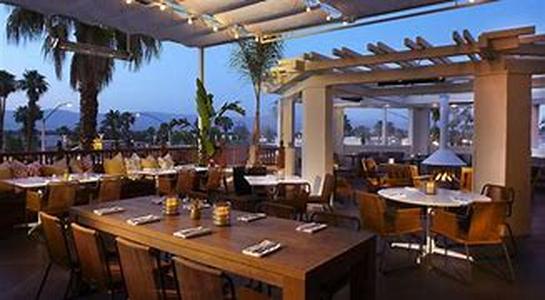
Xty People, Including Fourteen Ambassadors Captive For Sixty-one Days.On The Night Of February 27, 1980, Seventeen Guerillas Clothed In Warm-up Garments Of Joggers Squalled The Embassy Compound Located In A Village Of Bogota. The Dominican Republic Embassy Was Celebrating Dominican Independence Day With A Diplomatic Reception And Several Diplomats Were Attending The Celebration. Armed With Grenades And AK-47s, The Guerillas Stormed The Embassy Wounding Five People, While A Seventeen-year Old Guerilla Was Initially Killed By The Police.The Hostages Included Angelo Acerbi, The Papal Nuncio To Colombia, And Ambassadors Of Fourteen Countries Namely Austria, Brazil, Costa Rica, Dominican Republic, Egypt, El Salvador, Guatemala, Haiti, Israel, Mexico, Switzerland, United States, Uruguay, And Venezuela. There Were Also Other Diplomats Including Bolivia, Jamaica, Paraguay, And Peru, Plus Colombian Civilians And Workers At The Embassy Among The Hostages.The Demand Of Fifty Million Dollars Was Stipulated By The Gunmen, To Be Raised By The Countries Whose Diplomats Were Held Hostage, And The Release Of Three Hundred Eleven Jailed Comrades. The Leader Of The Dominica Republic Embassy Siege Called Commander Uno Was Later Identified As Rosemberg Pabn. Negotiations Began Between The Colombian Authorities And The Guerillas After They Threatened To Kill The Hostages. Eighteen People Including The Costa Rican Ambassador And Fourteen Other Women Were Released By The Hostage Takers On February 28. On The 29th Of February, Five More Women Were Freed. Negotiations Attained The Release Of Four Cooks And A Waiter On March 2nd. On The 7th Of March, The Austrian Ambassador Was Liberated, And On The 8th Of March The Demands Of The Guerillas To Free Three Hundred Eleven Prisoners Were Reduced To Seventy And The Hostage Amount Lowered To Ten Million Dollars. Early On The 17th Of March, Fernando Gomez, The Uruguayan Ambassador, Escaped From The Dominican Republic Embassy Through Jumping From A Window And Running To Troops Surrounding The Compound. That Same Day, Fidel Castro, Offered The Guerillas Refuge In Cuba. From The 30th Of March To The 19th Of April, The Guerillas Freed The Consul Of Costa Rican And All The Remaining Non-diplomatic Hostages, And They Requested A Meeting In Panama With Colombian Leaders To Make Resolutions On The Dominican Republic Embassy Crisis But It Was Denied By The Colombian Government. The Guerillas Demand On The Release Of Two Dozen Prisoners Was Denied But They Were Given 2.5 Million In Ransom Money.On The 27th Of April, Ambassadors Of Dominican Republic, Venezuela, Israel, And Egypt Were Released Along With Two Colombians. Sixteen Guerillas Left The Dominican Republic Embassy With Twelve Remaining Hostages And Boarded Cubana Airlines; Cheering Colombians Were Waiting For Them At The Airport, Where They Flew To Havana And Where The Remaining Diplomats Were Released And Returned To Their Home Countries.Rosemberg Pabn, The Leader Of The M-19 Group Promised To Return To Colombia After Living Exile In Cuba, And Eventually Returned To Colombia After The M-19 Group Signed A Peace Treaty In March Of 1990. This Group Was Destabilized After Seizing The Colombian Palace Of Justice In November Of 1985 Which Left Dozens Dead. The Siege Of The Dominican Republic Embassy Was The Biggest Abduction Of Diplomats In World History.





